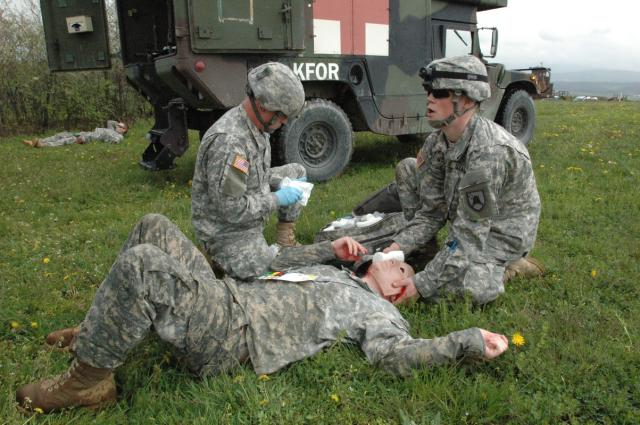
Southwest Research Institute (SwRI) scientists are developing new technologies to treat facial injuries as part of the Armed Forces Institute of Regenerative Medicine II (AFIRM II) consortium.
Code-named ‘Biomask for Skin Regeneration’, the SwRI-led project is set to secure $1m under AFIRM II for the generation of a biomask of full-thickness skin as a potential repair for combat-related facial burns and trauma.
The project aims to achieve high-quality, full-thickness skin restoration using a combination of sequential application of 3D custom negative-pressure wound therapy, custom facial neodermis or collagen-based artificial skin and cell-based therapy using epithelium and stem-cell-enriched fatty tissue.
Supported by the US Army Institute of Surgical Research (USAISR), the Walter Reed National Military Medical Center and Rochal Industries, the project is expected to be translatable to hand and foot skin restoration.
SwRI Chemistry and Chemical Engineering Division senior research scientist and project principal investigator XingGuo Cheng said facial injuries resulting from explosives, gunshot wounds and burns represent one of the greatest challenges in wound care.
Saying that the stitching of cut-to-fit skin grafts on the face to cover burns and injuries often results in scarring, Cheng said the team will use a contoured skin-graft material that mimics the facial architecture and also promotes healing.
”Our project might lead to a technology or product that accelerates functional healing while also reducing scarring.”
Collectively called the Warrior Restoration Consortium, the $75m AFIRM II seeks to develop improved technologies to treat combat injuries in soldiers and also advance medical care for the public.
Established by the US Department of Defense (DoD) in 2008, the consortium includes more than 30 academic and industry institutions applying regenerative medicine for injuries to specific body areas of military personnel.
Image: A US Army medic provides first-aid to a soldier with a severe facial injury during mass casualty exercises at Camp Bondsteel in Kosovo. Photo courtesy Sgt. 1st Class David Dodds.




